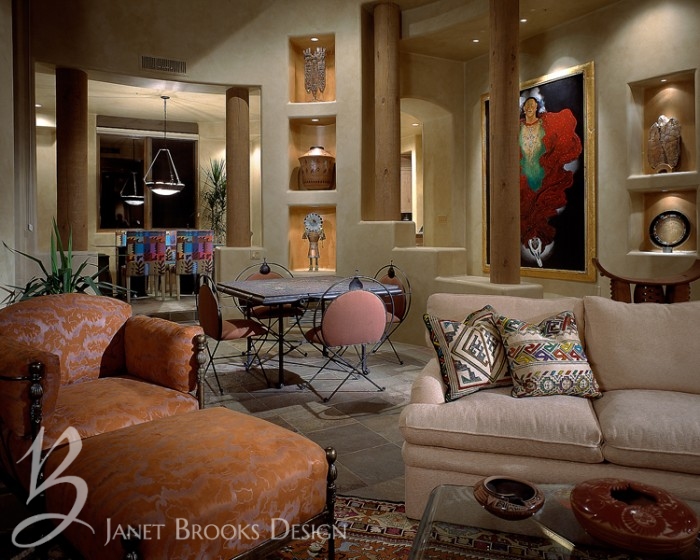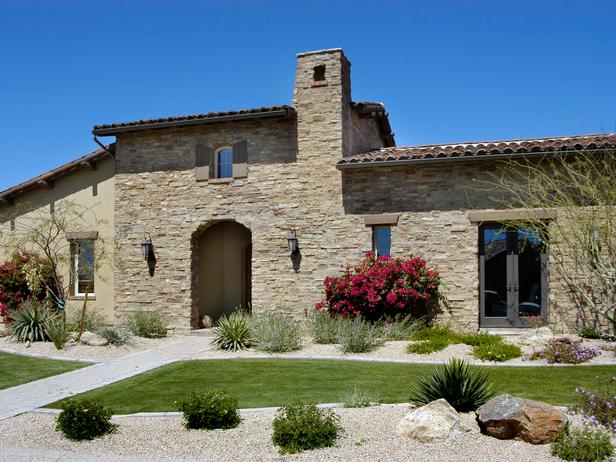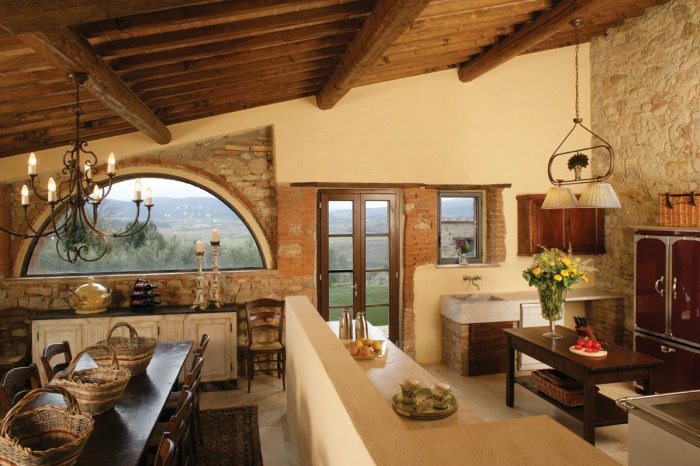You’ve probably heard us touting the benefits of a good design team who is working as “one” on behalf of our clients a few times before…but we can’t emphasize it enough. Just as a team of horses who are pulling in different directions wouldn’t make much progress, a design team (architect, builder, interior designer, landscape architect and client) creates a far better end result if they are all pooling their individual talents to create a single entity, such as a custom home. Egos need to be left at the door, and the focus has to be on exactly what our client wants, even if they aren’t able to articulate it in “design speak”.
So who does it take to build a design team and what roles do they play?
1. Architect:
In my opinion, the architect is initially the most important member of the design team. It is the architect who typically starts the design process by deftly extracting from their client’s heads the Big Plan, the Dreams, and then the Nitty Gritty Details about what they think they want in their new home-to-be. There are architects who have a distinct style and stick with it, sometimes to the detriment of the way the home might function for the occupant. If you are really crazy about their style, then by all means, consider hiring them to design one of their creations for you! But if you are more interested in having the layout and the functionality of your home geared just for you and your lifestyle, and your second priority is the ultimate in super cool style, then this type of architect may not be for you.
The architect I want on my design team is one who is a great listener (uber important!!), and who finds a way to create a stunning architectural masterpiece, while at the same time giving the client a home that is perfectly geared to their priorities and the way they live. I am saddened when I hear stories of people who have actually had to sacrifice things in a home that they would have loved to have, because it didn’t fit the architect’s dream for the home. So – find a really talented architect who also listens and cares about what you think you want!
The best way to find an architect in a given community is to ask around and find out who people have used, or are recommending. Then go to their website and see if you like some of their projects. It isn’t necessary to find a home in their portfolio that looks almost exactly like what you want, because most architects are creative in more than one style. But if you do see a home they’ve done that matches your dream – that’s great! Interview them with an ear to how they listen and talk to people who have used them about their experience during the process. And never hesitate to state your wishes and to ask questions!

2. Interior Designer:
An interior designer on the design team is ideally a person who is very closely aligned with the wishes of the client, and is able to bring another level of understanding and translation of their vision to the rest of the team. Once the architect unveils the initial preliminary floorplan (which will include some rough ideas of exterior elevations), the interior designer can begin to work on ways to implement the architectural vision to personalize the spaces in an even more intimate way for their clients.
This process begins by sharing images and discussing what the client likes about them, or doesn’t like (Houzz.com is one popular tool), by looking at materials together with the client and pointing out pro’s and con’s. The designer’s mission at this point is to expose the client to the design possibilities that could work with their perceived lifestyle and the architectural design of the home. The parameters of what the designer shows the client should be bracketed within the limitations of budget, timeline and client’s stated preferences in terms of what they like or are concerned about. By sifting through the endless array of design materials and design possibilities prior to presenting to the client, the designer ends up giving the client a narrow range of choices that are all good choices, thus saving the Client a lot of time and confusion.
When the interior designer has gotten a “read” on what the client is looking for, it’s time to start putting the pieces together, so that “the look” of the different spaces in the home start coming together for the client. The designer can do this with “design boards”, CAD drawings, SketchUp 3-D drawings, materials and samples and other methods. The important thing is that the client feels comfortable that they are making the right decisions, from a place of being well-informed.
The interior designer is responsible for the documentation of all materials selected for the home in Excel spreadsheets, and for providing drawings and images to back up the designs. This documentation is distributed to other members of the team to insure all are on the same page. During construction, an interior designer is in regular contact with the architect, contractor and various trades, as well as the client, making sure that the documentation provided is clearly understood and is being expedited accurately.
The process of finding an interior designer may also start by asking around a community. A respected interior design firm will have many photos of past projects to look at on their website, which gives a good idea of the designer’s skill level and whether or not they have a certain style that shows up over and over again, or if they work in a variety of design styles. Find out if they have the time to take your project on, how they charge, how they will keep the documentation for your project, if their fee includes site visits as needed, and ask who, specifically, will be working on your project. The owner or senior designer may not actually end up working with you very much if you hire a larger design firm with more than one project manager, or head designer. And most importantly, you have to feel that your designer of choice will care about your project, be a good listener, and give it the time that’s needed.

3. Landscape Architect
Landscape architects bring their own artistic skills to the Design Team, and should be involved at the very beginning of the design process, along with the architect and interior designer. They contribute design direction and bring new building materials to the table that are unique to their knowledge of outdoor spaces. They lay out the exterior spaces of the home to seamlessly compliment the architecture and blend together as one creation. It is very important that the architect and the landscape architect mutually respect one another’s skills, so they are always creating together, rather than each trying to achieve their own design vision.
Hiring a landscape architect for your project is a similar process to finding an architect and an interior designer, although your architect may have one or more that they have worked with successfully and would be happy to have as a member of the Design Team. Interview them first, as your architect knows more about your project than you do, at this point!
4. Builder/General Contractor
A good builder is someone who is clean, organized, proud of their work, knows how to ask for expert help and clarification, and is trustworthy and knowledgeable. This is where I have seen more disasters and disappointment in a construction project, when the builder turns out to be a very different person from what the client thought they were hiring. If you have hired an architect, an interior designer, and a landscape architect, then the last thing you need from your builder is design advice. Run as fast as you can if you see that a builder you are thinking of using wants to give advice on what the house should look like!
Builders come in a wide variety of styles, from a single person working out of the back of their truck to large companies with multiple project managers/superintendents. They also charge in very different ways for their services, and it can be confusing to compare apples to apples. Most importantly, of course, they must be licensed, bonded and insured. You should also do due diligence and inquire as to whether or not there have been claims against them, either legally or with the Board of Contractors in your state. Definitely talk to some people the builder has built for, the head of the HOA in the community, other tradespeople who may know the builder and specifically to your architect, who may know of the person’s or company’s reputation.

5. The Client
As a member of the Design Team, the client has an important role to pay, other than just paying the other members of the design team for their services! The client needs to communicate as well as possible, even if they don’t know the exact words to use, just how they live on a daily basis and what their hot buttons are as far as what works and doesn’t work for them. A very different dwelling can be created on the same piece of dirt, depending on what the client says they want. It is the client’s responsibility to be very clear and to speak up if they have any doubts or questions, before the structure is under construction and decisions are “set in stone”, so to speak! Building a custom home is a thrill, an adventure, a rewarding experience, a privilege, an opportunity to express yourself on a large scale, and it is therefore a Big Deal! It will take a lot of time and attention, even with a top-notch design team, and you need to be prepared to give it that time and attention during the creative portion of the process. Once the house is under construction, you can relax, because decisions have been made by you and that design team that you trust, and the fun part begins, watching the masterpiece unfold!
The picture below shows an example of a collaborative meeting with a project’s design team consisting of C.P. from Drewett Works, Russ from Greey Picket, Ken from Landmark West Builders, and our clients, Tom and Tina.

The design team is the heart and soul of the success of our clients’ realization of their dreams.
OUR GOAL, on every project, is to give our clients not only cutting edge designs and the best material selections possible for their home, but also to save them money on the cost of construction by making intelligent, informed decisions that give them the look they dreamed of, without incurring the costs they are afraid of!


